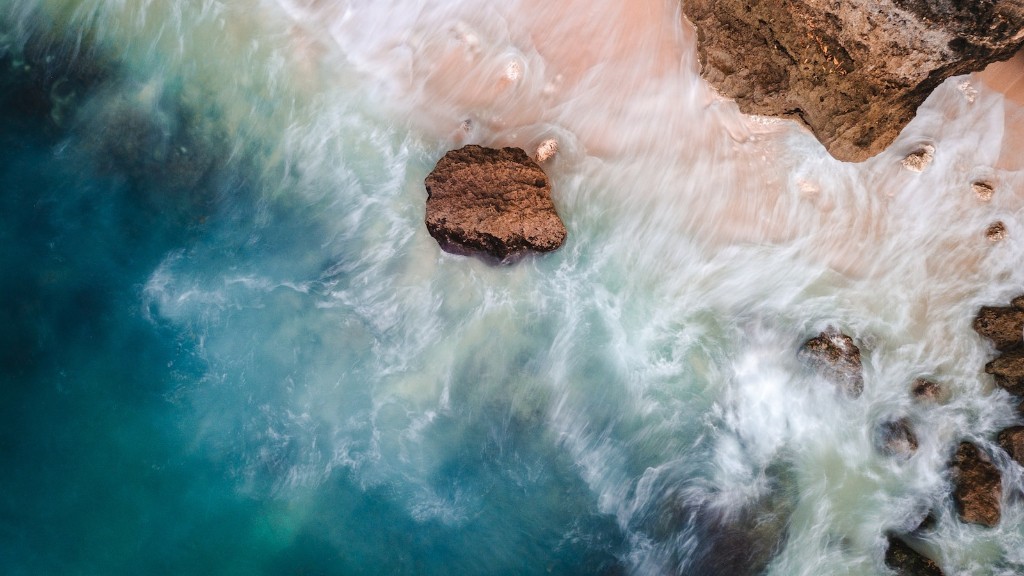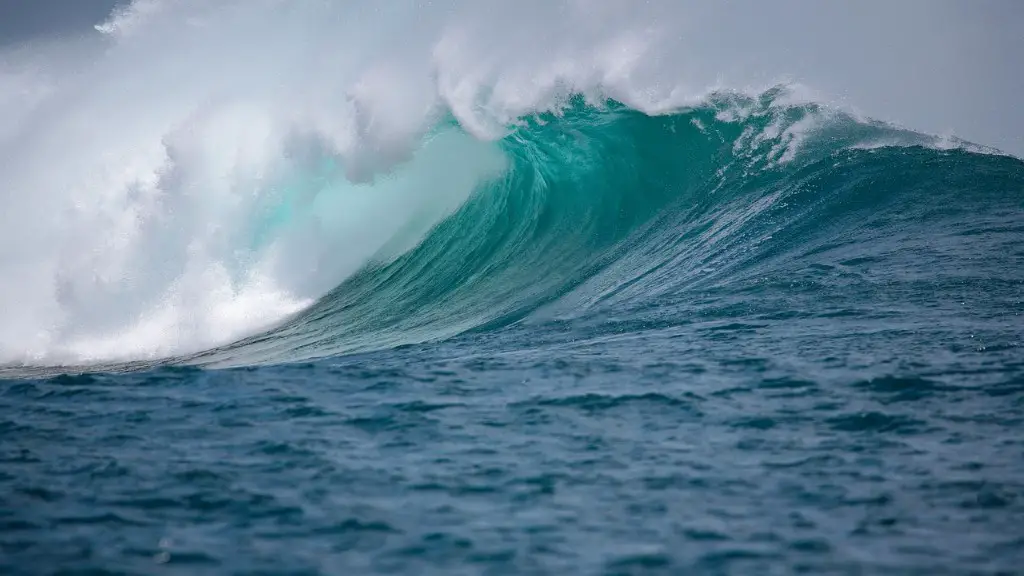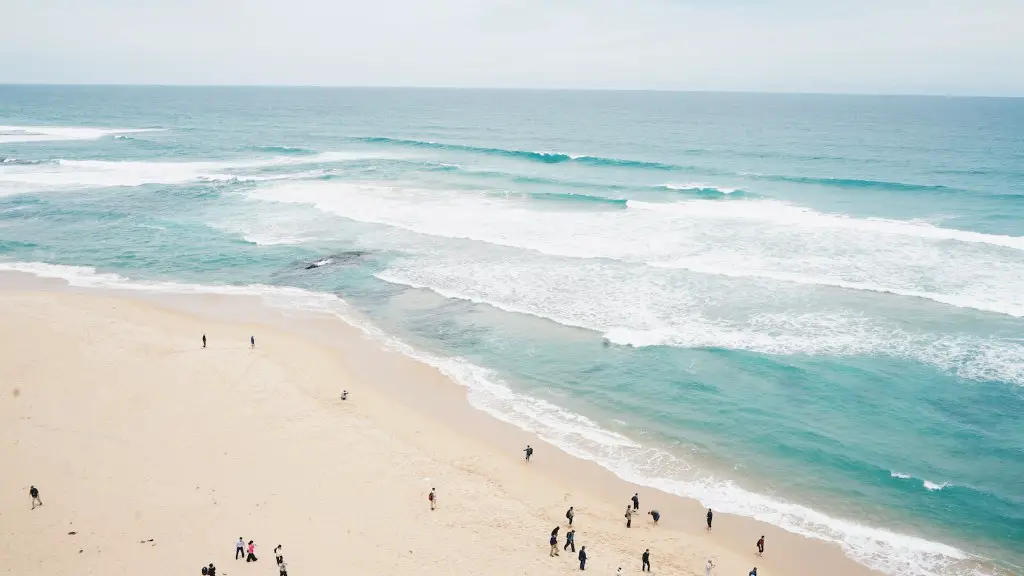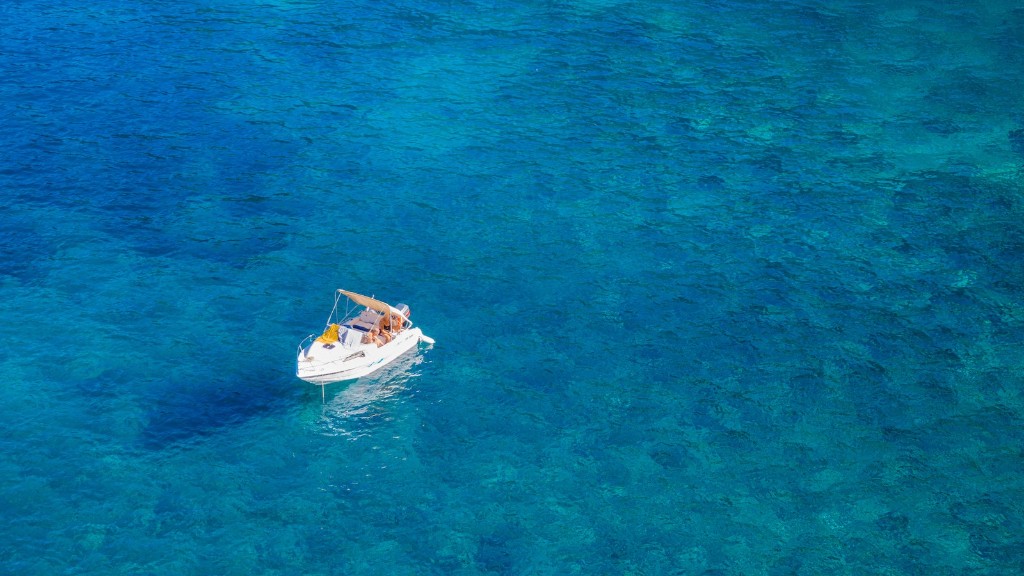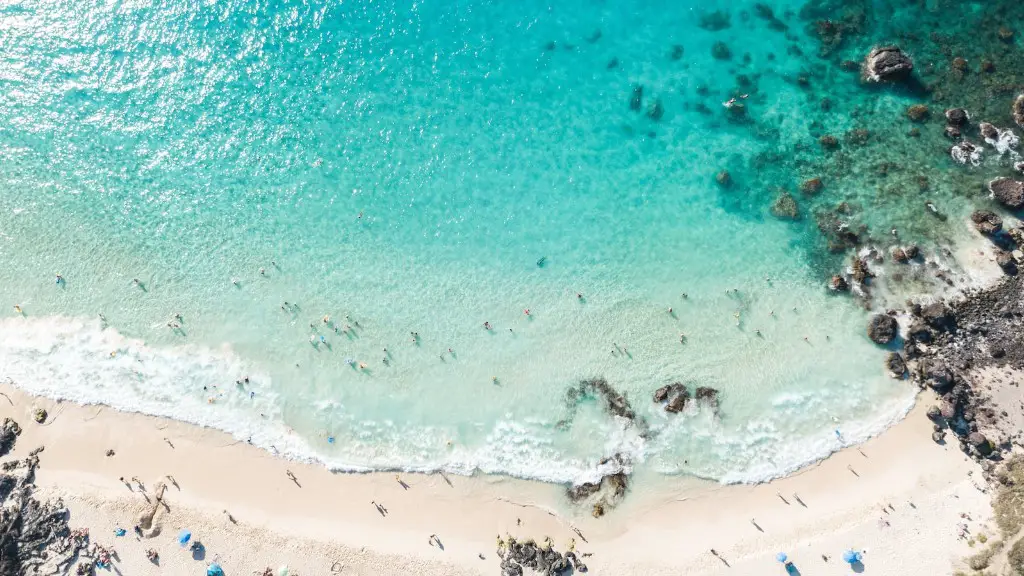Does Mediterranean Sea Salt Have Iodine
Iodine is an essential nutritional mineral found in some foods and in vitamins and supplements. Although it is important for many bodily functions, deficiency in iodine can cause health problems such as goiter, mental retardation and even stillbirth. Iodized table salt is the most common way to get it, but does Mediterranean sea salt have iodine?
The short answer is yes, the Mediterranean Sea, like other oceans and seas, contains trace amounts of iodine. However, it isn’t a reliable source of iodine in terms of daily intake. According to a study by researchers in Spain, researchers found that iodine content in Mediterranean Sea salt ranged from 0.2 to 3.39 milligrams per kilogram (mg/kg). This isn’t enough to meet the recommended daily intake of iodine, which is around 150–220micrograms according to the World Health Organization.
Doctors recommend that people who don’t get enough iodine in their diets should look for other sources such as iodized table salt, seaweed, dairy products and fish. Since Mediterranean Sea salt contains only trace amounts of iodine, it’s not a good source of iodine. In addition, researchers have found contaminants such as lead, arsenic, cadmium and zinc in Mediterranean Sea salt, which can be harmful if ingested.
Nutrition experts recommend that people use Mediterranean Sea salt for flavoring. It’s less refined than other salt and can add flavor to food due to its mineral content. Sea salt is also more flavorful than table salt and has less sodium. But it shouldn’t be used as a primary source of iodine.
Overall, it’s important to remember that the Mediterranean Sea salt can be a great tool for flavoring foods, but it isn’t a reliable source of iodine. People who are looking for an iodine supplement should look for iodized table salt, dairy products, fish and seaweed instead.
Is Mediterranean Sea Salt Healthier Than Table Salt?
Sea salt refers to salt that is obtained from evaporated seawater. It’s considered a more natural form of salt compared to refined table salt. Mediterranean Sea salt is a type of unrefined salt that is derived from the Mediterranean Sea. It may contain trace minerals like magnesium and calcium, as well as other nutrients. On the other hand, table salt is highly refined and often contains additives such as iodine, anti-clumping agents and even sugar.
Both types of salt have high levels of sodium and the amount of sodium per teaspoon is the same. However, many nutritionists and dietitians recommend sea salt over table salt due to its potential health benefits. Sea salt is considered a healthier alternative because it usually contains more minerals and trace elements like calcium, magnesium, potassium and boron. Certain types of sea salt may also contain trace amounts of iodine, which can help prevent goiter and reduce the risk of anemia.
Overall, the decision to use sea salt or table salt should be based on personal preference. However, if you’re looking for a health boost, then sea salt is the better option.
What Are The Benefits of Sea Salt?
There are many potential health benefits of eating sea salt, especially if it’s organic and unrefined. Unrefined sea salt contains trace minerals that can be beneficial for the body. For example, it can help regulate blood sugar levels and aid in digestion. Sea salt also contains anti-inflammatory properties that could reduce the risk of cardiovascular disease.
In addition, sea salt is believed to have antimicrobial properties that can help boost the immune system and reduce the risk of infection. Finally, sea salt can also help balance electrolyte levels and reduce the risk of muscle cramps, fatigue and dehydration.
Overall, sea salt offers some potential health benefits. It’s important to keep in mind, however, that the amounts of trace minerals and other nutrients vary by type of sea salt. Furthermore, too much sodium can be bad for your health, so it’s important to use sea salt in moderation.
How To Choose A Quality Sea Salt
When choosing a quality sea salt, it’s important to look for one that is natural and unrefined. Unrefined sea salt contains more trace minerals than regular table salt and may also contain trace amounts of iodine. Furthermore, Look for a salt that has minimal processing and is free of additives and preservatives.
It’s also important to consider the type of sea salt. There are many varieties available, such as Himalayan sea salt, Celtic sea salt, Red Hawaiian sea salt, and more. Each type has a different flavor and nutrient profile, so it’s important to do your research and find one that is right for you.
Finally, it’s important to be aware of the sodium content in each type of sea salt. Generally speaking, sea salt is considered healthier than table salt because it contains more minerals and trace elements. However, too much sodium can be bad for your health, so be sure to check the label for the sodium content.
How To Use Sea Salt
Sea salt has a number of uses in the kitchen, and it can be used as a flavor enhancer for both sweet and savory dishes. Sea salt can also be used to season meat, fish, and vegetables. Additionally, it can be used to garnish and finish dishes.
Sea salt is also popular for baking, especially in breads and other baked goods. Since it has a higher mineral content, sea salt can give your baked goods a unique flavor. Sea salt can also be used inplace of table salt in recipes, but keep in mind that it is much denser and has a stronger flavor.
In addition to its culinary uses, sea salt can be used for other uses as well. For example, it can be used for homemade bath bombs and spritzes, as well as for making homemade beauty products like scrubs, masks and more.
Is Sea Salt Safe To Consume?
In general, sea salt is safe to consume as a flavoring agent for food. However, it’s important to keep in mind that too much sodium can increase the risk of high blood pressure, stroke and heart disease. Therefore, it’s essential to monitor your intake and be mindful of the amount of sea salt you’re consuming.
It’s also important to consider the source of the sea salt. Avoid sea salt that is harvested with synthetic chemicals or has been heavily processed. It’s best to look for unrefined and organic sea salt that has minimal processing and is free of additives and preservatives.
Finally, keep in mind that sea salt contains trace amounts of iodine, but it isn’t a reliable source of iodine in terms of daily intake. Therefore, it’s important to look for other sources of iodine such as iodized table salt, dairy products, fish and seaweed.
Mediterranean Sea Salt vs Himalayan Salt
When choosing a type of salt for flavor, many people are faced with the decision between Mediterranean sea salt and Himalayan salt. Both are types of unrefined sea salt that contain trace minerals and other nutrients.
Himalayan salt is pink in color and is derived from the Khewra Salt Mines of Pakistan. It contains a range of minerals and trace elements, including calcium, potassium, magnesium and boron. It also has a slightly sweet flavor compared to Mediterranean sea salt, which has a more earthy, mineral-like taste.
Mediterranean sea salt, on the other hand, is obtained from evaporated seawater. It contains trace minerals such as calcium, magnesium and potassium as well as trace amounts of iodine. It also has a milder flavor than Himalayan salt, making it better suited for certain dishes.
Ultimately, it’s a matter of personal preference when it comes to choosing between Mediterranean sea salt and Himalayan salt. Both are unrefined and contain trace amounts of minerals and nutrients, so there is no clear winner.
